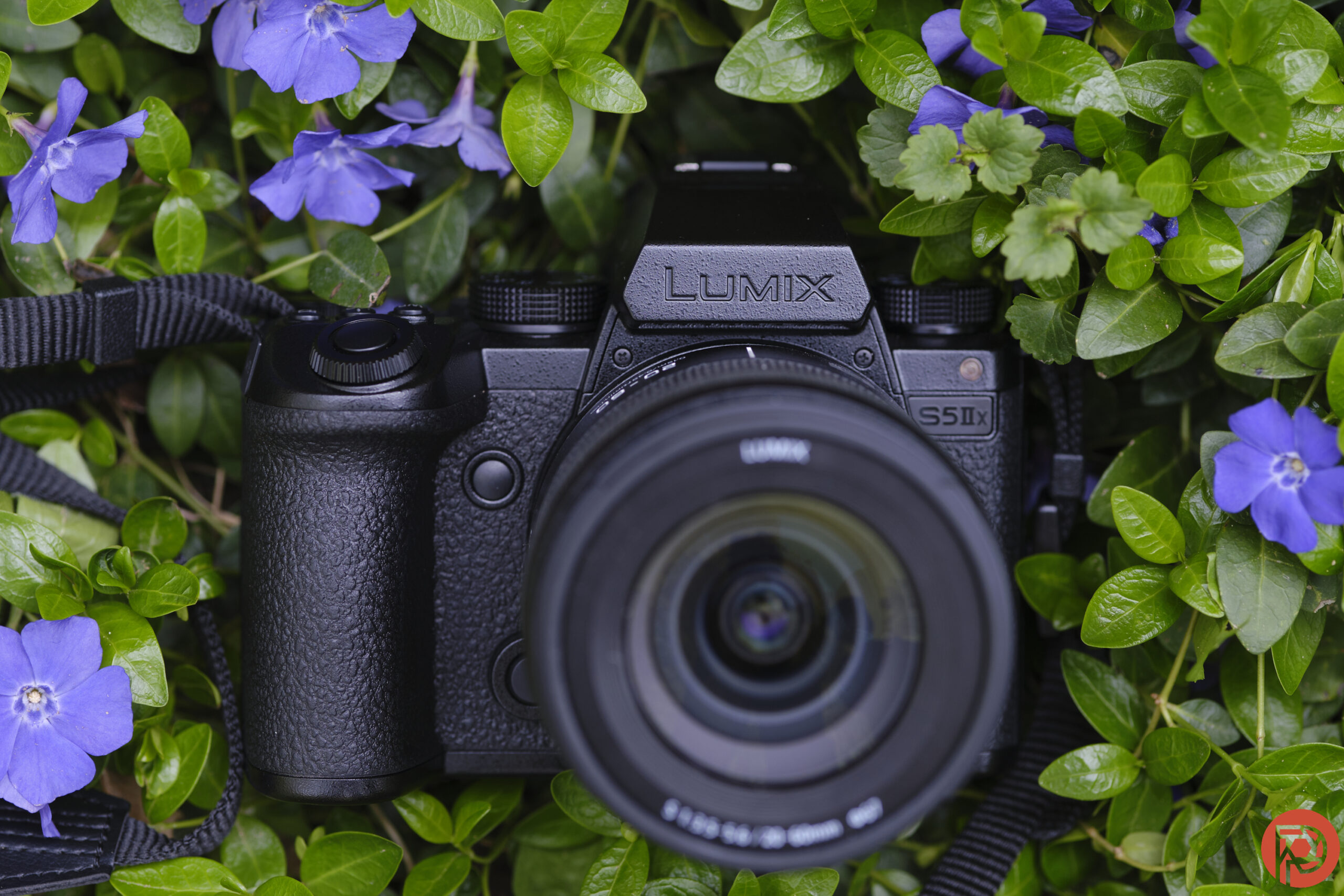Last Updated on 11/20/2023 by Hillary Grigonis
Some photographers could care less what the outside of the camera looks like as long as the pictures are good. And then there are the photographers who take black markers to their cameras to stand out a little bit less, to up the odds of preserving candid moments. The Panasonic S5 IIx is for the latter type of photographer. The all-black logo and grayed control labels are designed to blend with the shadows, to discourage the weird assumptions strangers make when they see the brand emblazoned on the front of your camera.
But, at the same time, the relationship between Panasonic S5 IIx and the S5 II is what photographers have been asking for — to not pay extra for video features they won’t use. The S5 IIx has a longer list of advanced video features, while the S5 II sits about $200 lower. The lower cost will sway more photographers to the S5 II than the S5 IIx. But, the photographers that have ever considered taking a black Sharpie to a camera — or those who don’t want to bother with a firmware update to unlock Live Composite — could be swayed to choose the S5 IIX.
Updated on Nov. 20, 2023 with the latest firmware updates.
Table of Contents
The Big Picture
The Panasonic S5 IIx is a video-centric camera with a longer list of video features than the S5 II. But, while videographers are more likely to want the X version, photographers that love the all-black look won’t find any features lacking. For stills, the S5 IIx delivers excellent color and minimal color noise. It packs in a few hard-to-find features, like Live Composite and the ability to apply LUT color profiles to JPEGs. The grip is one of my favorites among full-frame mirrorless bodies, and the stabilization system ranks among the best.
But, while there’s a lot to love about the Panasonic S5 IIx, it wouldn’t be my first choice for action. The autofocus has improved from the first generation, but it doesn’t handle fast subjects running toward the camera. Occasionally, the camera would also be slow to start up or exit the playback mode. The battery life is also behind others, rated for 370 shots.
The Panasonic S5 IIx delivers great color, features, and ergonomics — but the camera isn’t the fastest among other similarly priced bodies. In the hands of the right photographer, however, the S5 IIx will deliver some magic. I’m giving the Panasonic S5 IIx four out of five stars.
Pros
- Great color profile options and the ability to use LUTs on JPEGs
- Sharp images with minimal color noise on JPEGs
- Lots of controls
- A very comfortable grip
- Blackout design looks great
- Tilting touchscreen
- Live Composite is a great feature
- Image stabilization is excellent
Cons
- Control labels are a little harder to read because of the black design
- Autofocus is improved but still lags behind top bodies and also other L-Mount like the Leica SL-2
- Occasionally slow to start up
- The battery life is just 370 shots
Gear Used
I tested the Panasonic S5 IIx with the Panasonic 20-60mm f3.5-5.6 kit lens. Both the camera and the lens are a loan provided by Panasonic. I also used the Sigma 17mm f4 Contemporary, which was on loan from LensRentals.
Innovations: Panasonic S5 IIx vs. Panasonic S5 II
The main differences between the Panasonic S5 IIx and the camera without the x in the name are in video features, including USB SSD recording, All-Intra, Apple Pro Res, and wireless IP streaming. For stills, the list of differences is practically non-existent. The design is all black rather than white branding and labels. And the Live Composite feature is available without a firmware update. That’s it. Stills shooters will likely want to save the $200, buy the S5 II, and just download the firmware. But, if you really love that black look, the S5 IIx doesn’t cut any stills features to make room for those video features; it’s just a little bit pricier.
Ergonomics
The Panasonic S5 IIx is one of the most comfortable full-frame mirrorless cameras to use. My love of ergonomics hasn’t changed since our original Panasonic S5 IIx first impressions:
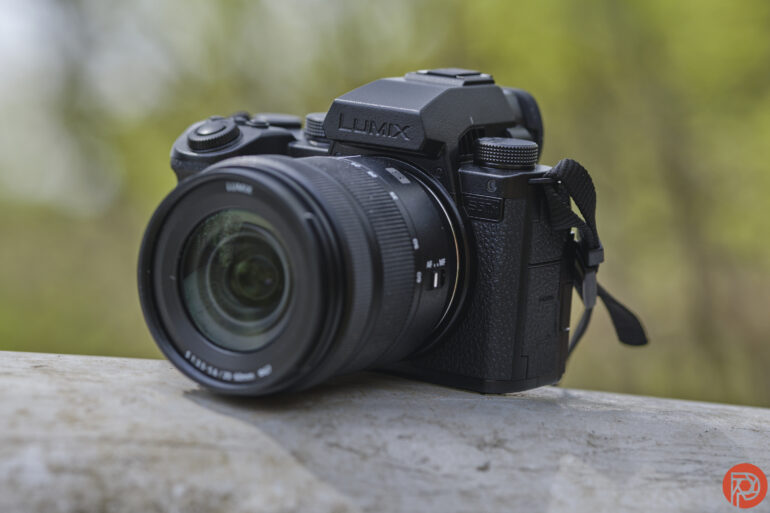
The S5 II keeps much of the same ergonomics as Panasonic’s original full-frame mirrorless. The S5 IIx is housed in the same body, albeit with different colors. The Panasonic S5 IIx sits at a happy medium for size. The full-frame camera is actually smaller than the Micro Four Thirds GH6. But it’s still large enough to have a comfortable grip and lots of room for physical controls. It weighs roughly 26 ounces.
While the ergonomics are identical to the S5 II and very close to the original S5, the coloring is not. Unlike the S5 II, the Panasonic S5 IIx has a black-out design. Instead of white text announcing the name and brand, it’s a black engraving. Even the labels for the different controls are written in gray rather than white, the exception being the red record button at the top of the camera. This creates a striking look that photographers who have ever considered taking permanent markers to their camera to better blend in will appreciate.
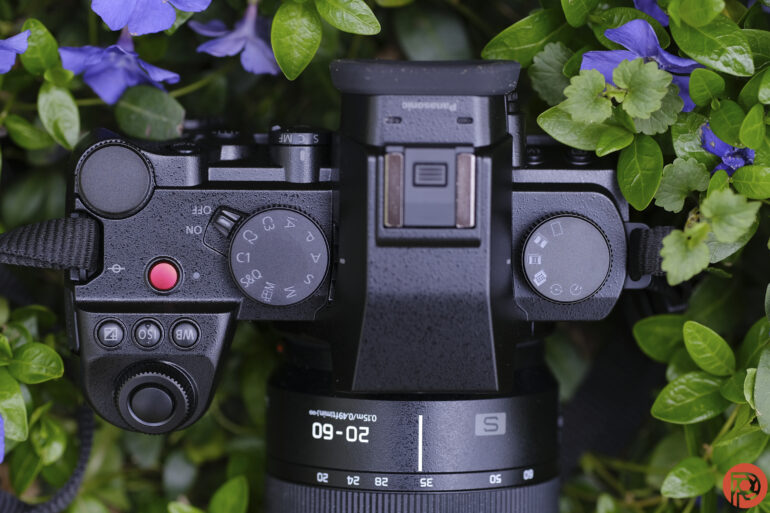
While I really loved the looks and subtle branding, it did take some hunting to familiarize myself with the controls, and I think part of that has to do with the fact that the labels are low contrast. In dim environments, the labels are going to be harder to see, which means being able to use the controls by touch alone is going to be more important with this camera. It took me a few minutes to find the switch to go from AF-S to AF-C because that control was in the shadow of the viewfinder.
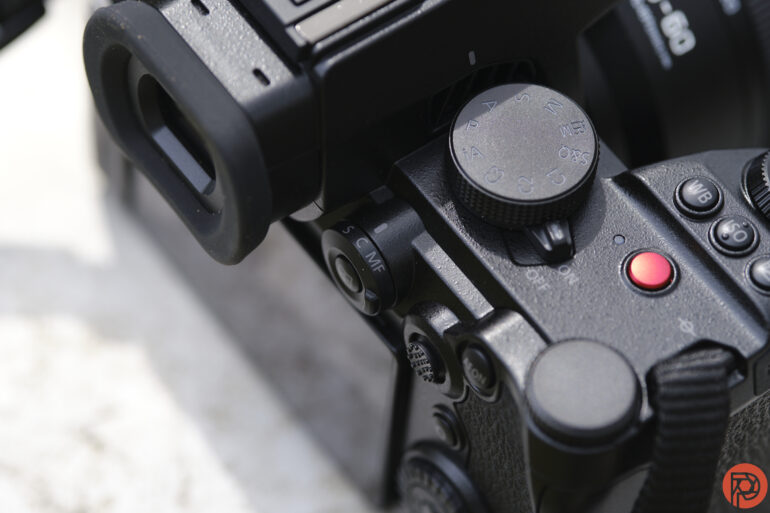
The Panasonic S5 IIx is a very comfortable camera. My fingers can wrap all the way around the grip with a little room to spare. The viewfinder juts out enough from the body that I don’t have to squish my nose against the camera, even as someone who wears prescription glasses.
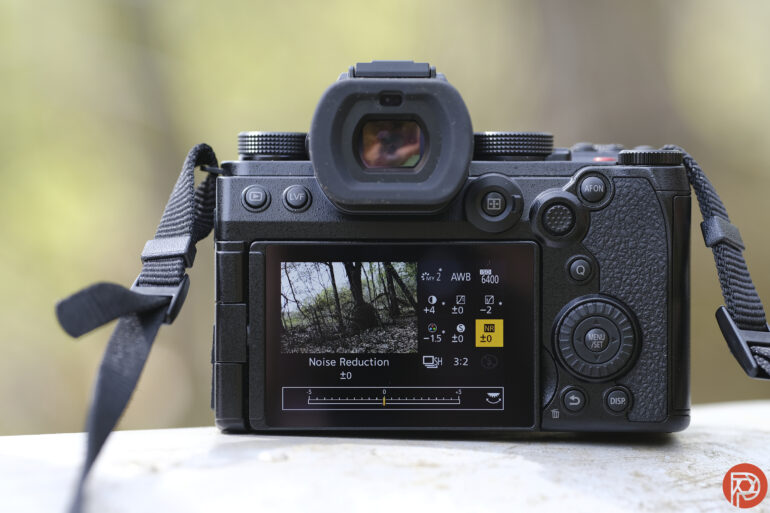
The controls are all also easy to reach. The top of the camera houses a burst mode dial, mode dial, and two control wheels at the front and back of the grip. There are also shortcuts for white balance, ISO, and exposure compensation. For focusing, there’s a joystick, an AF mode button, and a switch for single, continuous, or manual focus at the back. The rear of the camera also houses a quick menu and menu controls and an LCD screen that flips out to the side on a hinge for vari-angle viewing. The grip has a door for dual SD card slots, while the opposite side has ports for mic, headphones, HDMI, and USB-C.
Overall, the Panasonic S5 IIx delivers comfortable ergonomics in a black-out design that’s designed to blend in.
Build Quality
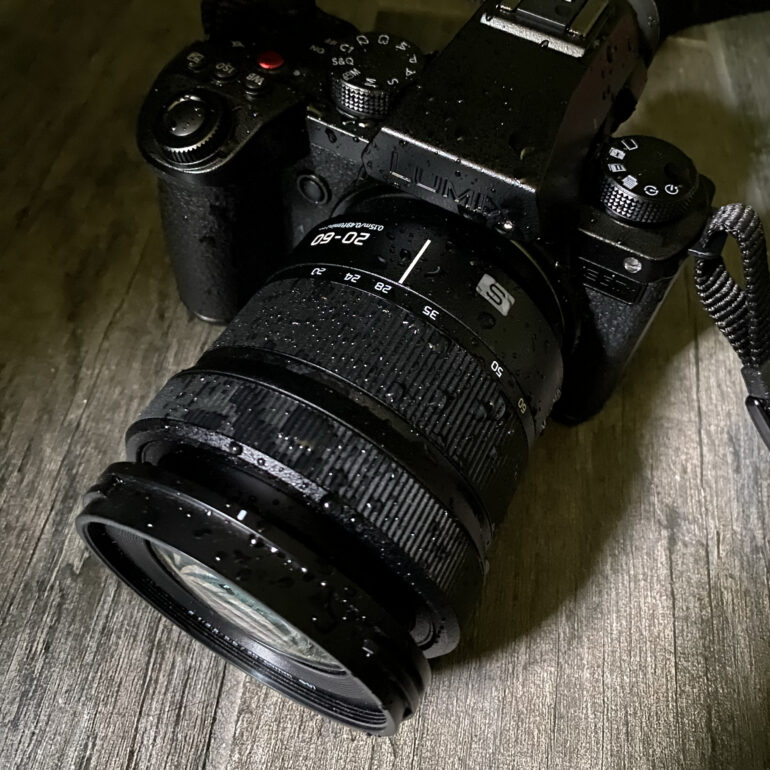
The Panasonic S5 IIx is built with magnesium alloy, which creates a durable feel. The camera doesn’t feel like cheap plastic. The material also has a nice subtle texture throughout. That, mixed with the excellent grip, makes my hands happy.
The body is weather-sealed. I dumped some water onto the camera and didn’t see any consequences from the added moisture. I also didn’t spot any debris or dust on the sensor over the course of the review.
Focusing

One of the biggest changes in the second generation of the S5 series is the autofocus. Finally, Panasonic has adopted a phase detection, contrast detection hybrid system. That results in a much-improved focus over the S5, though the phase detection is only used when in AF-C mode. The S5 IIx is a marked improvement from previous generations, but it still isn’t ranked in the top three. The S5 IIx does pretty well in low light, but it struggles with action coming toward the camera.
Subjects moving quickly toward the lens gave the S5 IIx a lot of trouble. The camera had a hard time keeping up with a kid on a swing using eye AF, missing more often than not. Even with eye AF turned off, the camera had a hard time keeping up with action heading towards the camera. With a dog or child running towards the camera with zone focusing in AF-C, the first few shots would be in focus, then the focus would fall off, and it wouldn’t quite pick back up again. The S5 IIx did fine keeping up with portraits and movement not straight toward the lens. But, it’s not a camera that I would choose for sports or movement much faster than a walk.
But low light didn’t slow the S5 IIx down any further. With the exposure preview off, the S5 IIx locked on the back of a dark closet without any issues. The built-in AF assist light really helps here. Even with exposure preview turned on, the screen will quickly flash lighter (or darker) as needed while the camera focuses.
Update Nov. 2023:
Firmware updates now help S5 IIx shooters easily see whether or not the subject is in focus. Manual focus assist magnification has been added, which allows for up to 20x magnification when focusing manually. Frankly, this is a pretty standard feature, and this should have been available at launch rather than with firmware.
Panasonic has also added a similar feature but for autofocus called AF-Point Scope. This allows photographers to assign one of the Fn buttons to magnify the focus point, a feature that is hugely helpful when working with wide apertures or subjects that take up a smaller portion of the frame. Again, though, this is widely available and should have been on the S5 IIx at launch. But, better late than never.
Ease of Use
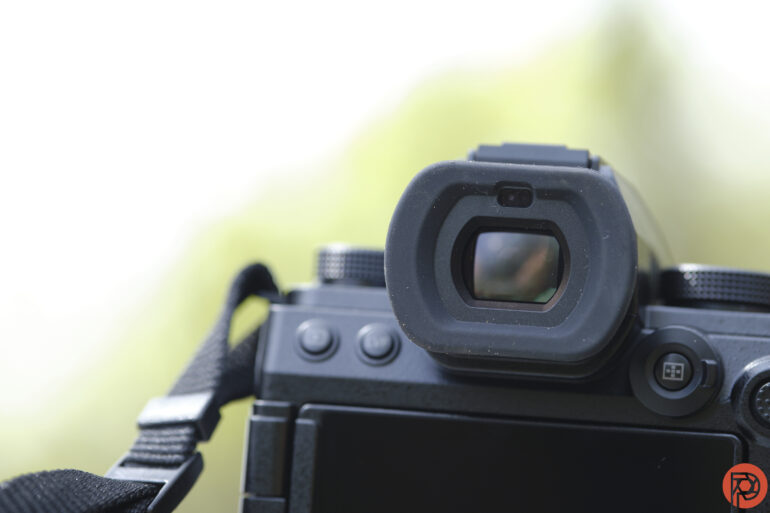
Outside of focusing, the performance also seemed to lag a bit in other areas. The start-up time after turning on the camera seemed sluggish. The S5 IIx also occasionally had a delay between switching from the LCD and viewfinder using the eye sensor, and sometimes the playback took extra time to return back to live view mode.
While I love the look of the S5 IIx’s blackout design, the low-contrast labels can be challenging to read in difficult lighting. That can sometimes translate into more time spent hunting for the right controls before those controls are second nature. For example, in bright sunlight, the label for the AF-C control was in shadow — I had a hard time locating it at first. That said, the design will be very familiar to current S5 users, as the controls are very similar to the first generation.
The menu system is simple and well organized — Panasonic’s is among my favorite menu systems. The menu skips anything that already has a physical control, keeping the list of menu items a bit shorter. The tabs are well organized, and there’s a custom menu to save favorites. The menu is also touch-sensitive.
As a full-frame camera, the S5 IIx isn’t made with the simplicity of a beginner’s camera. The number of controls may feel a bit daunting, and the brighter labels on the S5 II may be a little easier to find. But, there is an auto mode, and the more tech-savvy beginners shouldn’t have too bumpy of a ride, thanks to the ergonomics and simple menu.
The image stabilization will be a boost for both new and seasoned photographers. Rated for up to 6.5 stops, the camera uses a five-axis sensor shake system. With careful handholding, I was able to take handheld shots at 1/5th of a second at 60mm, occasionally as long as half a second with only minimal blur. Panasonic also says that it’s the only stabilization system designed to work with anamorphic lenses — but I didn’t have any of these lenses handy to try it out.
One thing to note, however, is that the battery life is only rated to 370 shots. That’s rather low for the category, but it was sufficient for doing some Live Composite work. The ability to merge Live Composite photos in the camera is a really great feature for star trails and light painting. It’s much easier than merging everything in Photoshop.
Update Nov. 2023:
The high-resolution mode gives the Panasonic S5 IIx a lot more flexibility — and with firmware version 1.3, the camera has even more versatility. The firmware also adds handheld high-resolution mode, which works at shutter speeds down to one second. The G series had this option, but the S series originally only featured the tripod-based high-res mode. Getting lots of detail without hauling around a tripod? That’s a nice upgrade.
The high-resolution mode works for exposures as long as eight seconds, opening up some potential for high-resolution long exposures. The feature works for images that have consistent motion blur. There’s some delay between frames, so this mode only works if you want motion blur. Trying to take a high-resolution image of the stars, for example, will result in tiny star trails rather than crisp, tiny circles.
Metering
Some of Panasonic’s color profiles, like the Cinelike options, underexpose the image, so photographers should shoot accordingly. In standard color mode using the Sunny 16 rule, the meter suggested that I was slightly underexposed. Overall though, the meter seemed to do okay recommending an accurate exposure.
Image Quality

Like the S5 II, the S5 IIx produces some of the best colors out of other full-frame mirrorless cameras, thanks to the different color profile options and the ability to apply LUTs to still photos. Images were sharp and, even maxing out the ISO, managed color noise well.
JPEG Quality

Panasonic is one of my favorite full-frame cameras for colors — and the S5 IIx follows that trend. The colors have some punch to them without being overdone. The Cinelike profiles have nice deep darks for a timeless feel. Real-Time LUTs for stills are also possible here, which was one of our favorite features about the S5 II. That allows you to use the Look Up Tables that video editors use and apply color profiles to stills, so you can make them look like a certain film stock, for example. Custom color settings are also possible here. Even with just the kit lens, the images were very sharp.
High ISO Output

It’s hardly surprising anymore when a full-frame camera produces usable images at ISO 6400. But, even at ISO 25600, the noise is there but hardly annoying. In a direct comparison, like the S5 II, there are a few cameras that are a little cleaner on prints, like the Leica SL2s and the Fujifilm XT4. Maxing out the ISO capabilities at 51200, detail is muddled, and there is some noise, but the S5 IIx still produces very little color noise on JPEGs. On RAW files, ISO 6400 still had sufficient detail when editing the little bit of noise, but around ISO 12800 noise reduction becomes really detrimental to the overall quality.
While the camera will produce a bit of noise, I think it’s the right kind of noise, adding to the look rather than detracting from it. The camera didn’t produce much color noise, which in my opinion is the most distracting type of grain. I printed out an 8×10 at ISO 51200, and it looked more like a painting than a photograph. That’s because the details were smudged, but the noise also wasn’t readily apparent either. Between the image stabilization and the noise reduction, the S5 IIx will produce really clean images in challenging light.
RAW File Versatility

The RAW files have a good range of flexibility. I was able to recover a lot of details in the shadows, without wrecking havoc on the image quality. This was a big help evening out the exposure when flash wasn’t available. Highlights can be salvaged somewhat as well, as long as those lighter tones are kept from clipping off the histogram.
Extra Image Samples
From day one, The Phoblographer has been huge on transparency with our audience. Nothing from this review is sponsored. Further, lots of folks will post reviews and show lots of editing in the photos. The problem then becomes that anyone and everyone can do the same thing. They’re not showing what the lens can do. So we have a section in our Extra Image Samples area to show edited and unedited photos. From this, you can make a decision for yourself.
Unedited









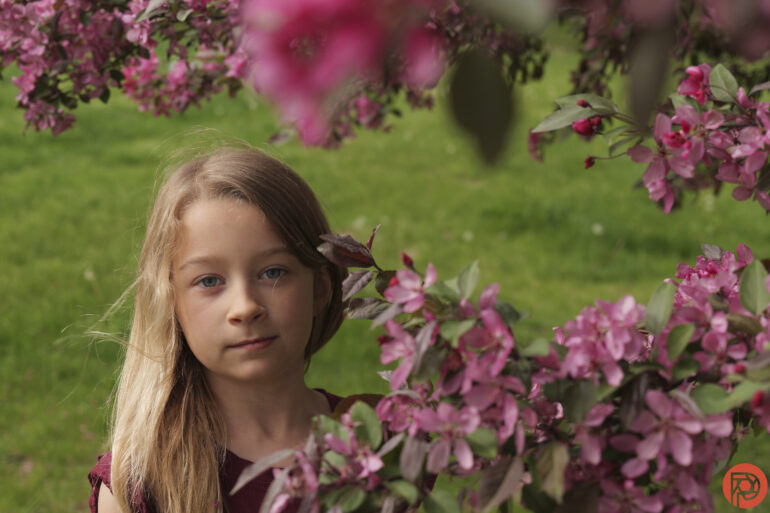
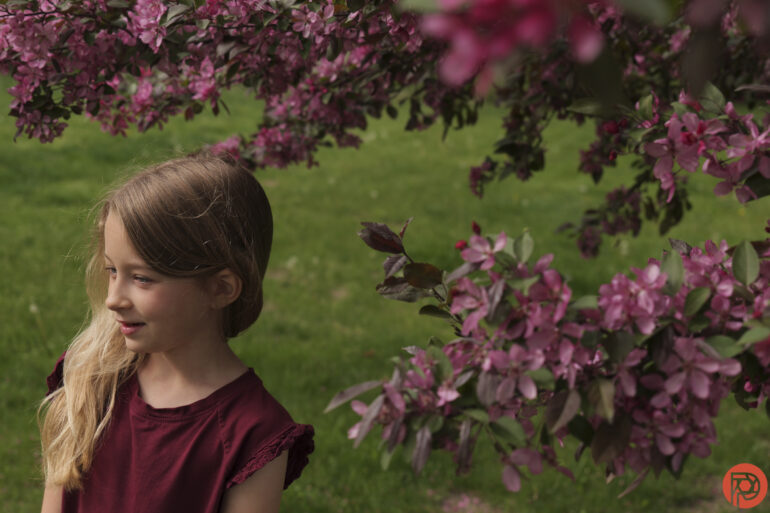
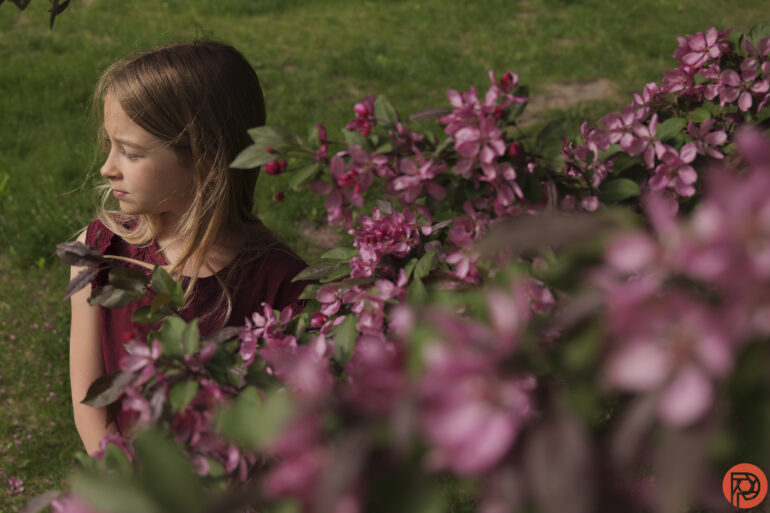
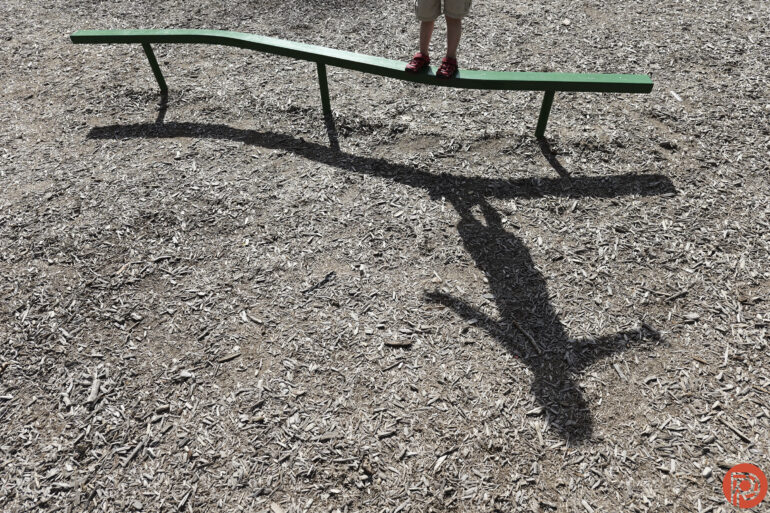

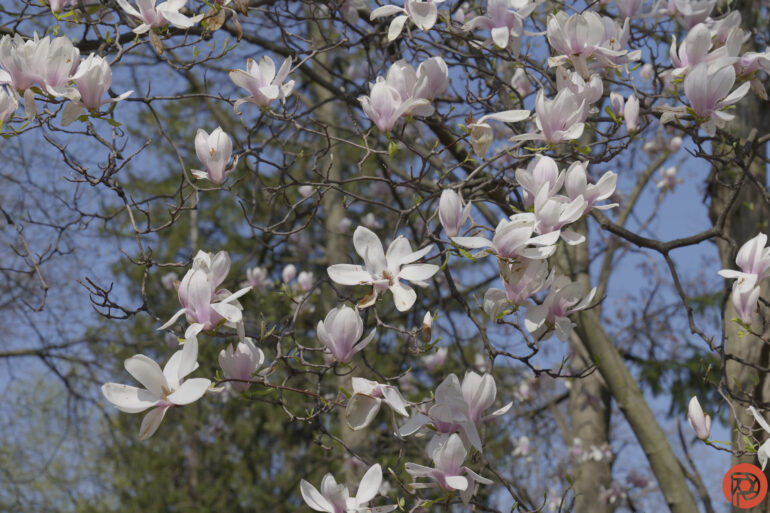
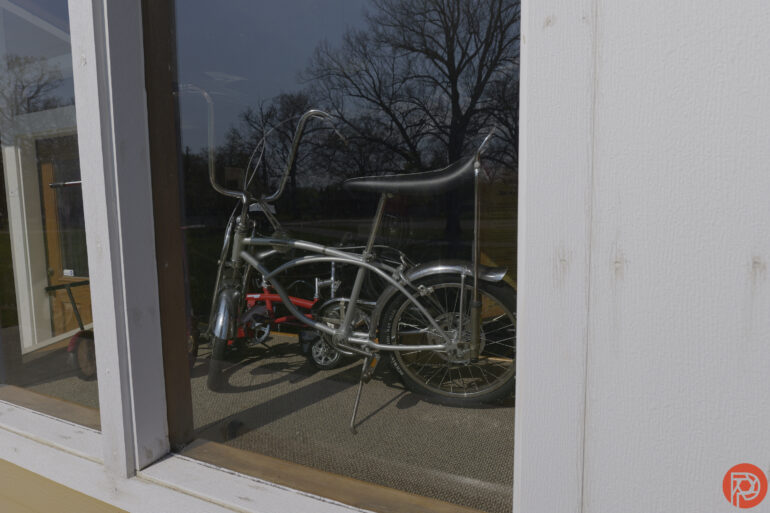

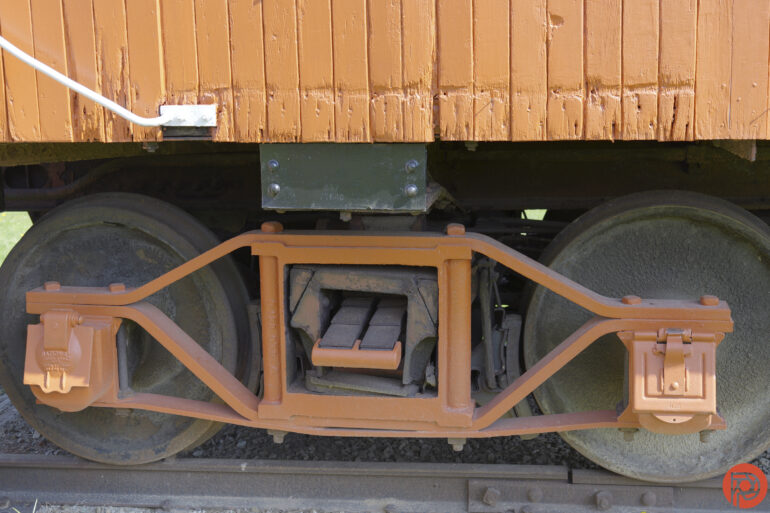



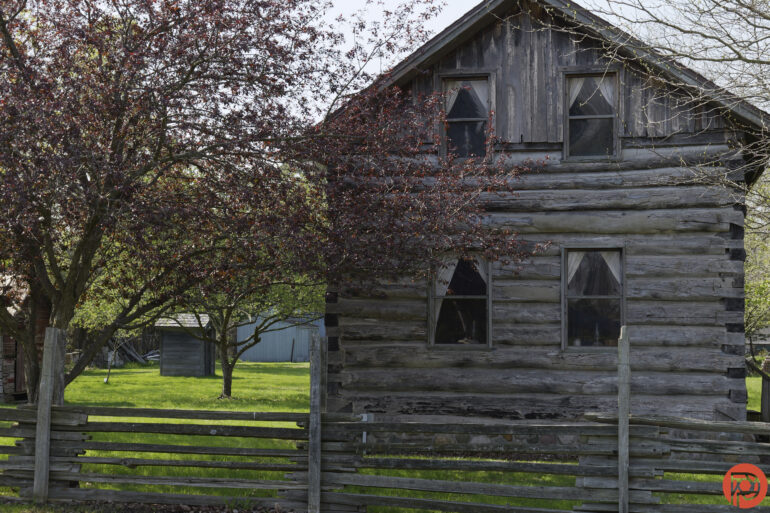
Edited












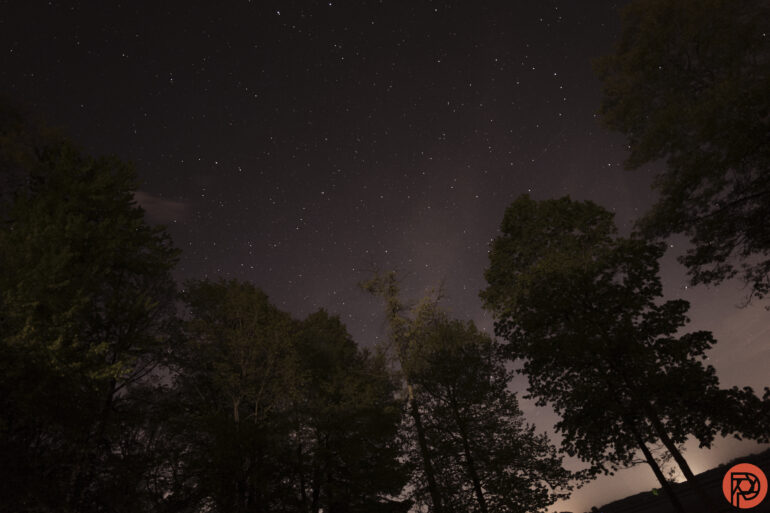
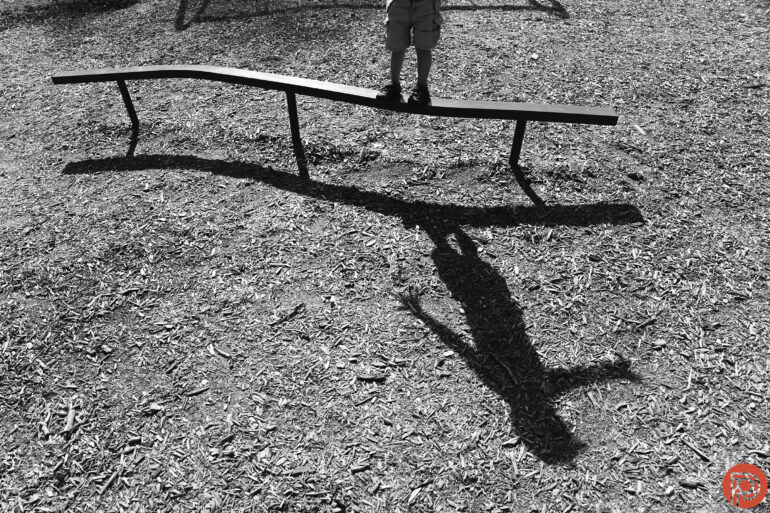
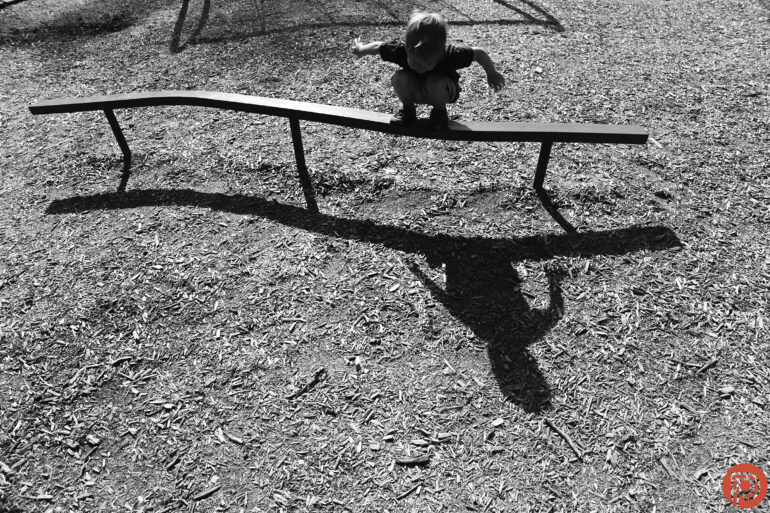
Who Should Buy It?
For photographers, the Panasonic S5 IIx doesn’t offer much different than the $200 cheaper S5 II. Both have the same sensor, processor, stabilization, and autofocus, so they will produce identical images. The main reason photographers may want to pick up the S5 IIx is the black out design. The other differences lie in the advanced video features. The S5 II now has Live Composite available with a firmware update, so that feature really is no longer a differentiator between the two bodies.
Photographers that love the blackout look are also going to enjoy the ability to apply LUTs to JPEGs, as well as Panasonic’s Cinelike color profiles. The Panasonic S5 II and S5 IIx produce some of the best colors coming from full-frame cameras, in my opinion. The ergonomics and body design is also very comfortable, with a good-sized grip. Stabilization is also a big plus.
The reason to skip is that, while improved, the autofocus still lags a little behind the top performers. Don’t buy this camera for sports or action. The performance also otherwise suffered from some occasional lags, including slow start-up times and an occasional delay in switching from the LCD to the viewfinder. The blackout design can also make the control labels a little harder to read.
Tech Specs
LensRentals lists the following specifications for the Panasonic S5 IIx:
- Brand: Panasonic
- Camera Type: Mirrorless
- Environmental Operating Temperature: 32 to 104°F
- Operating Humidity: 10 to 80%
- Shutter Type: Electronic Shutter, Mechanical Focal Plane Shutter
- Mechanical Shutter Speed: 1/8000 to 60 Seconds, Up to 30 Minutes in Bulb Mode
- Electronic Front Curtain Shutter Speed: 1/2000 to 60 Seconds, Up to 30 Minutes in Bulb Mode
- Electronic Shutter Speed: 1/8000 to 60 Seconds, Up to 60 Seconds in Bulb Mode
- Bulb/Time Mode: Bulb Mode, Time Mode
- ISO Sensitivity (Photo/Video): 100 to 51,200 (Extended: 50 to 204,800)
- Metering Method: Center-Weighted Average, Highlight Weighted, Multiple, Spot
- Exposure Modes: Aperture Priority, Auto, Manual, Program, Shutter Priority
- Exposure Compensation: -5 to +5 EV (1/3 EV Steps)
- Metering Range: 0 to 18 EV
- White Balance: 2500 to 10,000K
- White-Balance Presets: AWB, Cloudy, Color Temperature, Daylight, Flash, Incandescent, Shade, White Set 1, White Set 2, White Set 3, White Set 4
- Continuous Shooting (Mechanical Shutter):
- Up to 9 fps for up to 200 Frames (RAW) / 300 Frames (JPEG)
- Up to 5 fps for up to 200 Frames (RAW) / 300 Frames (JPEG)
- Up to 2 fps for up to 200 Frames (RAW) / 300 Frames (JPEG)
- Continuous Shooting (Electronic Shutter)
- Up to 30 fps for up to 200 Frames (RAW) / 200 Frames (JPEG)
- Up to 9 fps for up to 200 Frames (RAW) / 300 Frames (JPEG)
- Up to 5 fps for up to 200 Frames (RAW) / 300 Frames (JPEG)
- Up to 2 fps for up to 200 Frames (RAW) / 300 Frames (JPEG)
- Interval Recording: Yes
- Self-Timer: 2/10-Second Delay
- Built-In Flash: No
- Flash Modes: Auto, Auto/Red-Eye Reduction, Forced On, Forced On/Red-Eye Reduction, Slow Sync, Slow Sync/Red-Eye Reduction
- Maximum Sync Speed: 1/250 Second
- Flash Compensation: -3 to +3 EV (1/3 EV Steps)
- Dedicated Flash System: TTL
- External Flash Connection: Hot Shoe
- Focus Type: Auto and Manual Focus
- Focus Mode: Continuous-Servo AF, Manual Focus, Single-Servo AF
- Autofocus Points (Photo, Video): Contrast Detection, Phase Detection: 779
- Autofocus Sensitivity: -6 to +18 EV
- Battery Type: 1x Rechargeable Lithium-Ion, 7.2 VDC, 2200 mAh (Approx. 370 Shots)
- Tripod Mounting Thread: 1x 1/4″-20 Female (Bottom)
- Accessory Mount: 1x Hot Shoe Mount on Camera Body
- Material of Construction: Magnesium Alloy
- Dimensions (W x H x D): 5.29 × 4.03 × 3.55″
- Weight: 1.45 lbs. (Body Only), 1.64 lbs. (With Recording Media)
- Sensor Resolution Actual: 25.28 Megapixel, Effective: 24.2 Megapixel (6000 × 4000)
- Sensor Type: 35.6 × 23.8mm (Full-Frame) CMOS
- Image Stabilization: Sensor-Shift, 5-Axis
- Built-In ND Filter: None
- Capture Type: Stills & Video
- Dual Slot: SD/SDHC/SDXC (UHS-II)
- Video I/O: 1x HDMI Output
- Audio I/O: 1x 1/8″ / 3.5mm TRRS Headphone/Mic Headphone Output, 1x 1/8″ / 3.5mm TRRS Headphone/Mic Microphone Input
- Power I/O: 1x USB-C Input/Output
- Other I/O: 1x USB-C Data Input/Output (Shared with Power Input)
- Wireless: 2.4 / 5 GHz Wi-Fi (802.11b/g), Wi-Fi 5 (802.11ac), Bluetooth 5.0
- App Name: Lumix Sync
- App Compatibility: Android & iOS
- App Functionality: Access Stored Files, Firmware Update, Remote Control
- Global Positioning (GPS, GLONASS, etc.): None
- Item Type: Camera
- Mfr. Model Number: DC-S5M2XBODY
- Monitor: 3” 1,840,000 Dot, Free-Angle Tilting Touchscreen LCD
- Mount: L Mount
- Sensor Size: Full Frame
The Phoblographer may receive affiliate compensation for products purchased using links in this blog post.


